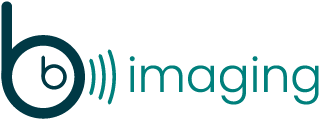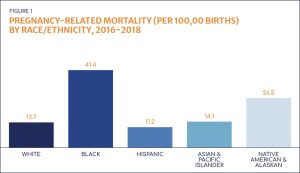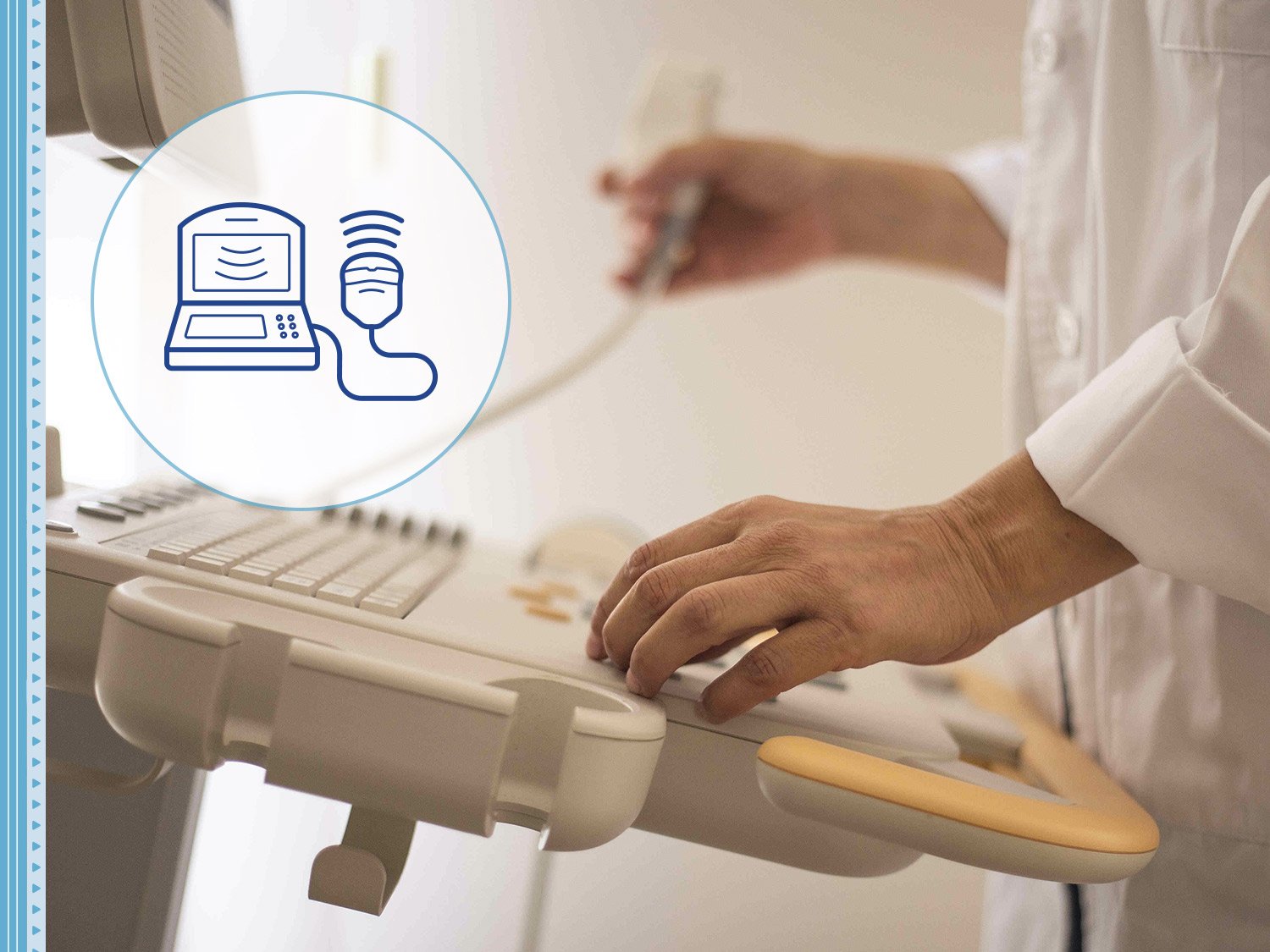Recently, we’ve been talking a lot about telesonography and how we know it’s the next big thing in ultrasound. But claims like that deserve an explanation, and today we’ve got some explaining to do. Let’s talk about what telesonography is, how it’s performed, and the healthcare pain points telesonography can solve.
We’ll start with…
A Basic Definition
When you combine sonography and telemedicine, you get telesonography. Telesonography is the provision of ultrasound services via a telecommunications link (phone call, video conference, chat message, etc.). It connects a local provider with a remote sonography expert who can perform diagnostics and provide a preliminary report. It may also be referred to as remotely-supported ultrasound or teleultrasound, but we like the term telesonography.
Two Types of Telesonography
Telesonography can be conducted synchronously or asynchronously. While both methods increase access to sonography specialists and eliminate the requirement to travel for a face-to-face consultation, we think one method is just a little bit better than the other.
Asynchronous transmission involves acquiring ultrasound images, storing them locally, and then transmitting them for expert analysis at a later time. The primary benefit of this method is that patient care is not dependent upon sonographer availability—the patient can get examined at a time that is most convenient for them, and the sonographer can review the images when their schedule allows. Asynchronous transmission is currently the most common method of telesonography, and it’s been especially beneficial for rural populations where maternal-fetal care specialists are not readily accessible. It’s also beneficial to sonography trainees, who can perform scans, save the images, and review them when a physician or mentor is available.
Conversely, synchronous transmission occurs in near real-time. While a local healthcare worker obtains the cine loops, the expert sonographer is available to review the cines and provide feedback as needed. This method is beneficial because it increases diagnostic quality and pathology detection. This is particularly beneficial if the sonographer identifies a concern that requires immediate intervention, as they can begin escalating the level of care while the patient is still present. Historically, synchronous transmission has been hampered by poor Internet connections, but as access to quality broadband increases, we believe the synchronous mode will become more commonplace. In fact, our own telesonography solution, TeleScan®, utilizes synchronous data transmission via a secure, HIPAA-compliant cloud platform.
Solving Problems: The Why of Telesonography
Okay, now that we know what telesonography is and how it works, let’s get down to the why. Why do we think telesonography is the future of ultrasound, and more specifically, what problems will it solve?
Problem 1: Limited Healthcare Resources
We all know there is a shortage of healthcare providers and specialists, and that this problem is exponentially worse in rural areas. Some rural patients have to travel more than 200 miles to the nearest OB/GYN. A scarcity of local resources leads to limited patient access, inappropriate triage, delayed diagnoses, and slow intervention—all of which result in poorer health outcomes for patients.
Solution: Telesonography Uses Local Healthcare Workers
Our version of telesonography leans heavily on the idea that augmented care is better than no care. That’s why TeleScan utilizes local healthcare workers to obtain cine loops and remote expert sonographers to review and perform diagnostics. While we have heard some skepticism regarding this model, we’re not the only ones who think this is an effective method.
Consider one study that examined the feasibility of tele-mentored sonography for identifying the appendix. Results showed “no significant difference between time taken and success rate of image acquisition between onsite and remote mentoring.” Pediatricians who examined tele-radiology found that it produced “reliable and timely diagnoses.” Another study that tested diagnosing pediatric acute appendicitis found that it was highly effective, stating, “The diagnostic performance of tele-mentored ultrasonography was as high as that of onsite expert ultrasonography.”
These, along with other studies, have verified the feasibility of using non-sonographers with medical backgrounds to obtain cine loops. Additional studies have shown users’ perceptions of telesonography are also positive. Telesonography was considered beneficial in several studies, with one study finding 93% of respondents were either satisfied or very satisfied with their telesonography interaction.
Problem 2: Image and Diagnostic Quality are Operator-Dependent
So, utilizing non-sonographers to capture cines is feasible—but does the telesonography model result in quality care? Present-day ultrasound requires a high level of expertise, and image acquisition and interpretation are major challenges. Gaps in image quality between a trained sonographer and a non-sonographer can easily occur due to a deficit in training, a misunderstanding of operational protocols, or confusion regarding the use of ultrasound equipment.
Solution: Telesonography Augments Care
TeleScan, like other telesonography solutions, is not interested in removing expert sonographers from the care equation. However, when sonographers cannot be physically present, telesonography has been shown to successfully augment care to provide reliable, high-quality diagnostics.
Consider Queensland, Australia, a state where 55% of the 3.3 million residents live in rural areas. The entire state is served by only two urban maternal-fetal echocardiography centers. After implementing telesonography and measuring its success, they found it demonstrated diagnostic accuracy and identified 100% of fetal abnormalities in the cases examined. This saved one-third of patients from a trip of up to 932 miles to the nearest specialist.
Or think of South Dakota, where 63.6% of counties are maternity care deserts. A telesonography program designed for neonates with suspected congenital heart disease accurately distinguished between those who needed immediate care and those with a less critical disease. Accurate diagnoses resulted in appropriate levels of care and saved patients with less critical cardiac disease from the unnecessary impacts of emergency transportation.
The successful augmentation of care reported in these studies is only possible because telesonography tools, even in the hands of non-sonographer healthcare workers, provide diagnostically reliable images. In a systematic review of articles, 12 articles describing telesonography image quality were assessed, and only four studies determined that image quality was less than 75% of the quality of the reference standard. Conversely, five studies found image quality was very good (between 75% and 87% of the reference standard), and three studies listed image quality as excellent (above 90% of the reference standard).
Additionally, in our own testing of TeleScan, we’ve found that as non-sonographers gain experience using a transducer, their image recognition and technical skills improve, and they quickly require little to no intervention from the reviewing sonographer. This finding is mirrored in a telesonography study by Johnson et al., who found only 13% of cases required real-time video conferencing for diagnosis.
Problem 3: Costs Incurred
Imaging systems are not cheap, and the costs incurred are still one of the largest barriers to care for rural communities. Even when considering some of the telemedicine options available, a dedicated system could cost up to $50,000-$100,000 per bed.
Solution: Telesonography Decreases Healthcare Costs Without Large Investments
Many modern telesonography platforms solve the cost issue by opting to utilize off-the-shelf components (like laptops and smartphones) or existing ultrasound machines. TeleScan, for instance, is compatible with laptops and 2D ultrasound machines and transfers cine clips to our secure, cloud-based software via an internet connection. And it’s delivered as a tiered monthly software subscription fee.
Additionally, quality telesonography can reduce healthcare costs by reducing liability and minimizing unnecessary surgical procedures and hospital stays. Ultrasound is also a more affordable imaging modality in general and requires very few consumables (gel, probe covers, etc.).
Problem 4: Security of Health Data and PII
When you talk about any form of telemedicine, you have to address the security and confidentiality of the data you’ll be transmitting. Patients, providers, and vendors all share the aim of keeping personally identifiable information (PII) and health data secure, and the solution has to be a group effort.
Solution: TeleScan is Built Right
Security has been a top consideration as we have developed TeleScan. What we bring to the table is a super-secure cloud platform that is both HIPAA-compliant and FDA-cleared. From there, we collaborate with local security and IT specialists to ensure that we meet each clinic and hospital’s individual requirements as well.
There you have it! Now that you know the what, how, and why of telesonography, do you agree that it could be the future of ultrasound?













